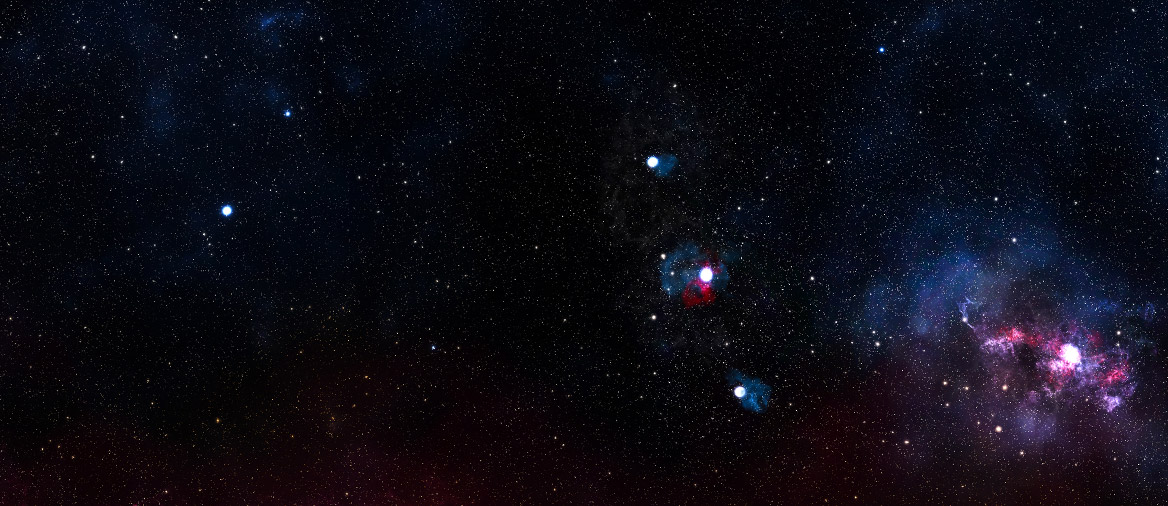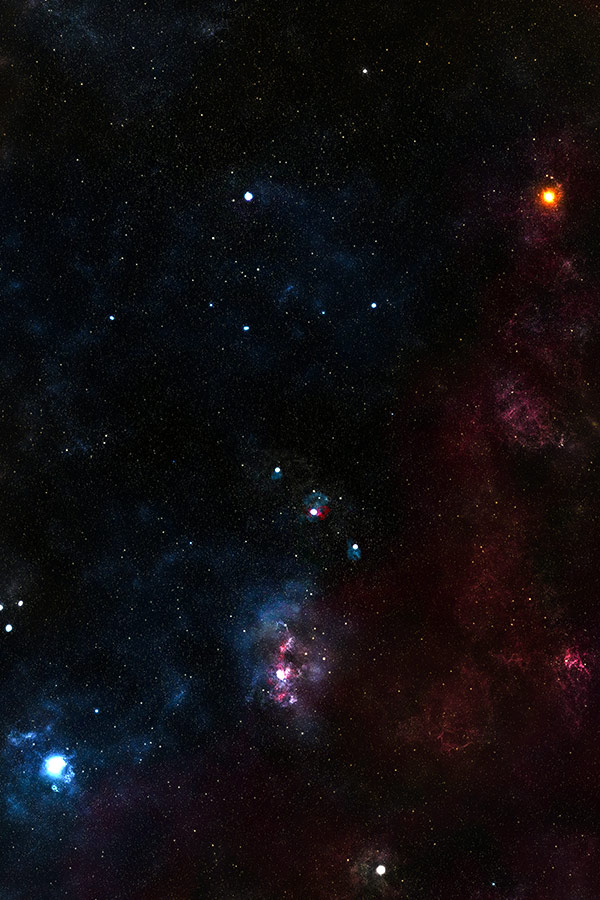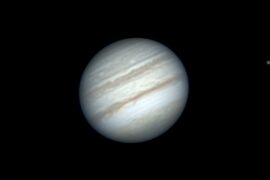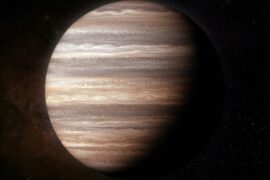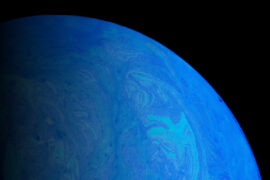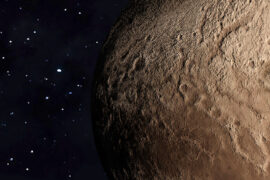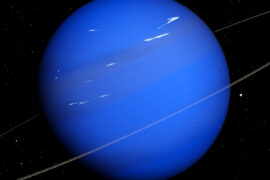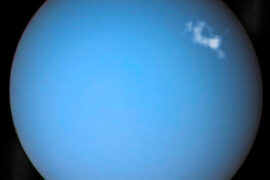The Orion constellation and Orion nebula are two of the most popular celestial objects people enjoy looking at. Especially during the winter months when they are most visible.
Because of this, both professional and amateur astronomers are always working to answer all the questions we have about them. Does Orion have any planets? What are they like? Could those planets be habitable to humans?
Does Orion have any planets?
Many of the stars in the Orion constellation have their own planetary systems orbiting them. We know of at least 25 planets in these stars and there’s even one of them that has at least 6 planets.
Most of these planets are in the dimmer stars of Orion. Unfortunately, not a single one has been discovered in any of the main stars that we can see with the naked eye.
But there’s something that we need to clarify.
When we talk about a constellation we are actually referring to many stars and objects that are thousands or millions of light-years away from each other. The constellations are only grouped from our point of view, and even though they are all in the same galaxy as we are, all those stars aren’t close neighbors.
The second thing that you need to know is that constellations have many more stars than the ones we can look at with just our eyes. For example, Orion has about 8 stars that we can see without help from a telescope, but with the help of powerful observatories, more than 300 stars have now been discovered inside its area and there are probably thousands more that we have yet to find.
Related: If you want to learn more about the Orion constellation, check out this article.
The Planets in Orion
The following table lists all the planets that have been discovered in the Orion constellation as well as some facts about them. It is important to note that it is really hard to get exact information about exoplanets (planets located outside our solar system) because they are too far away for our instruments to be able to get enough data.
You will notice most of these planets are larger than Jupiter and its mass is compared to it. This is simply because since it is the biggest planet in our Solar system, Jupiter is used as a unit of comparison against them. Giant planets are also easier to detect than smaller ones so that’s why we know more about them.
They are divided by the star they orbit.
Star: HD 38529
| Planet | Notes |
|---|---|
| HD 38529 b | Likely a gas giant. Slightly smaller than Jupiter |
| HD 38529 c | Massive planet. Probably 17 times bigger than Jupiter |
HD 38858
| Planet | Notes |
|---|---|
| HD 38858 b | Located in the habitable zone of its star but is unlikely to be actually habitable as it is made out of gas. |
HD 42618
| Planet | Notes |
|---|---|
| HD 42618 b | Neptune-like mass |
HD 31253
| Planet | Notes |
|---|---|
| HD 31253 b |
HD 34445
| Planet | Notes |
|---|---|
| HD 34445 b | About 16 times larger than Earth |
| HD 34445 c | |
| HD 34445 d | |
| HD 34445 e | |
| HD 34445 f | |
| HD 34445 g |
HD 38677
| Planet | Notes |
|---|---|
| HD 38677 b | |
| HD 38677 c | |
| HD 38677 d | |
| HD 38677 e |
HD 38801
| Planet | Notes |
|---|---|
| HD 38801 b |
HD 39392
| Planet | Notes |
|---|---|
| HD 39392 b |
HD 37605
| Planet | Notes |
|---|---|
| HD 37605 b | Two times bigger than Jupiter and it still orbits in less than 55 days |
| HD 37605 c | Three times bigger than Jupiter. One year = 2720 days. |
HD 290327
| Planet | Notes |
|---|---|
| HD 290327 b | 2.5 times larger than Jupiter |
Gliese 221
| Planet | Notes |
|---|---|
| Gliese 221 b | 8 times bigger than Earth |
| Gliese 221 c | |
| Gliese 221 d | Unconfirmed, but if it does exist, it could be in the habitable zone |
Wasp-82
| Planet | Notes |
|---|---|
| Wasp-82 b | Transiting planet |
Gliese 179
| Planet | Notes |
|---|---|
| Gliese 179 b | Slightly smaller than Jupiter |
Planets in the Orion Nebula
The Orion Nebula is called that because it is located in the area of the Orion constellation from our point of view.
We can see all the dust, gases, and other materials that make up a nebula because they are home to young stars. Those stars can form planetary systems.
It is not only possible but very likely that the Orion Nebula contains many planets. However, nebulae are so far away that we still haven’t been able to directly discover any of these planets.
Are the planets in Orion habitable?
For a planet to be habitable, it must be located within the habitable zone – also known as the goldilocks zone – of its star system. This is the area where a planet is at the necessary distance (not too close and too far away from its star) to support liquid water.
Each star system has a different habitable zone that depends on the size and type of its star(s).
At least 3 of the planets in the stars in the Orion constellation are in their respective habitable zones, however, one of them (HD 38858 b) is a gas giant so that leaves it out.
This does not mean these planets could definitely support life as there are many more factors that need to converge for that to happen, but it makes them more likely to be friendly for life.
Statistically, there are many more planets that have yet to be discovered in the stars located in the Orion constellation. Hopefully, the advancements in telescopes and imaging techniques will soon help us discover them.
Summary
- 25 planets have been discovered in the stars of Orion.
- There are many more that have yet to be discovered.
- At least two of the planets in Orion are located in their respective habitable zones.
Enjoyed this article?
Get daily 10-minute PDFs about astronomy to read before bed!
Sign up for our upcoming micro-learning service where you will learn something new about space and beyond every day while winding down.

